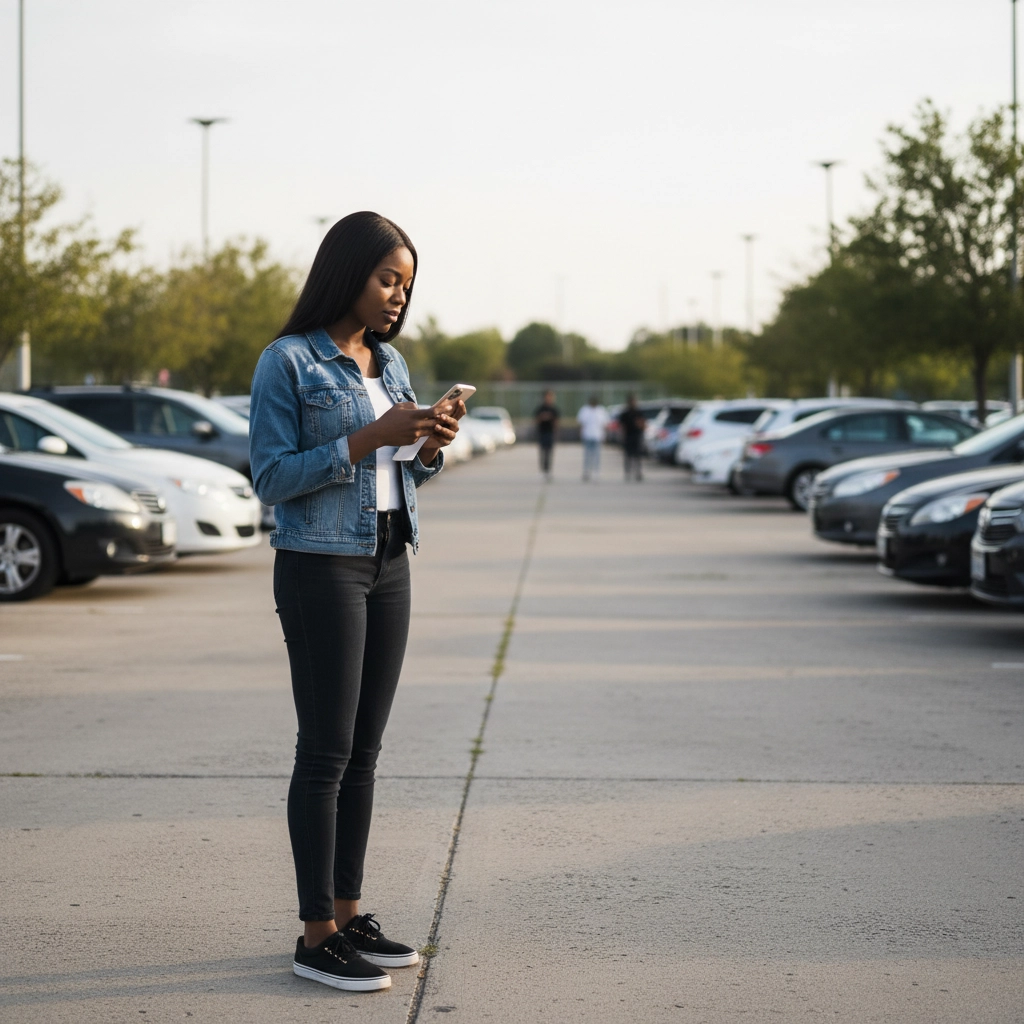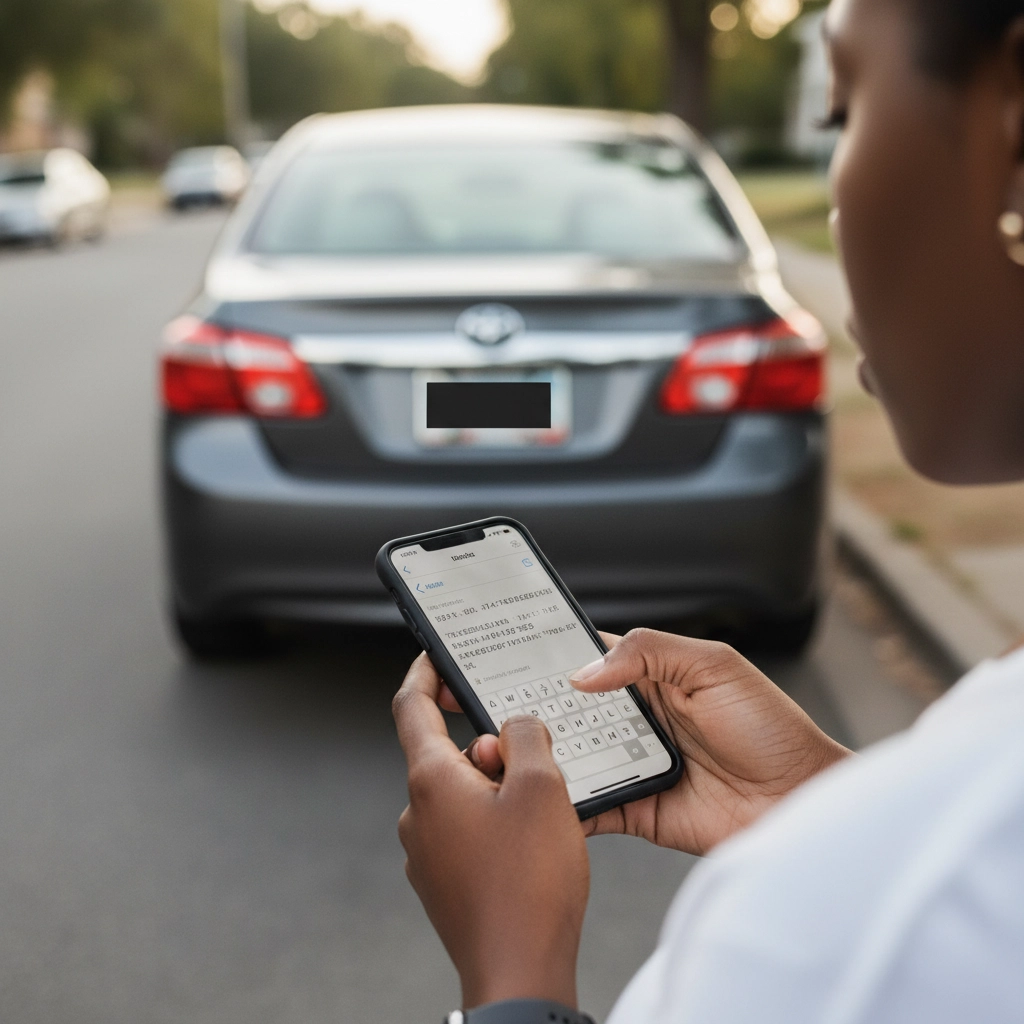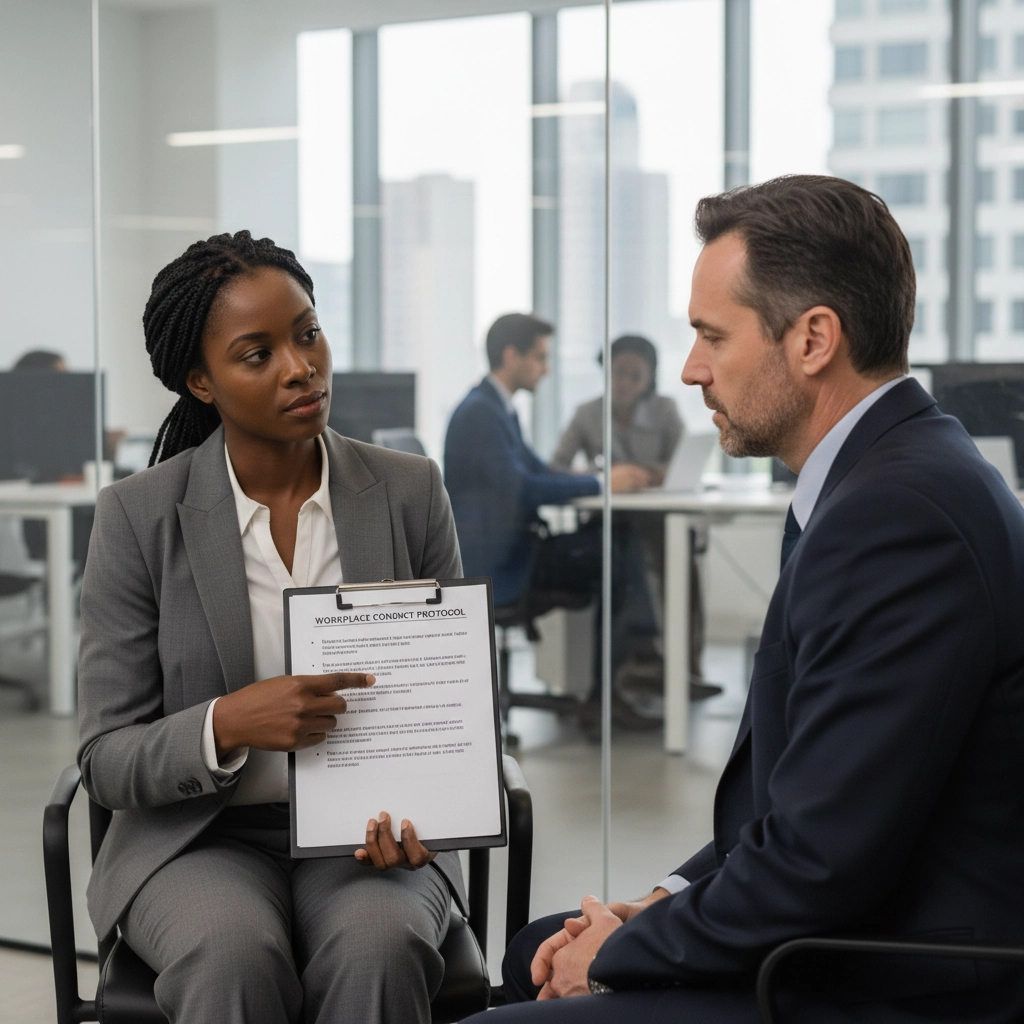Spotting potential human trafficking can be overwhelming and scary. Your heart starts racing, your mind floods with questions, and you might feel frozen about what to do next. But here's the thing – your awareness could be the lifeline someone desperately needs. The key is knowing how to respond safely and effectively without putting yourself or the potential victim at greater risk.
At SHE Private Investigations, we've worked with countless cases involving vulnerable individuals, and we understand how crucial those first moments of recognition can be. Let's walk through exactly what you should do if you suspect trafficking, step by step.
Your Safety Comes First
Before we dive into the how-to, let's get one thing crystal clear: never attempt to rescue someone yourself or confront suspected traffickers directly. This isn't about being a hero – it's about being smart and effective. Traffickers are often dangerous, armed, and willing to use violence to protect their operations. Your safety, and potentially the victim's safety, depends on following proper protocols.
Think of yourself as the eyes and ears for professionals who are trained to handle these situations. Your job is to observe, document, and report – not to intervene directly.

Step 1: Assess the Immediate Situation
Take a moment to evaluate what you're seeing. Are you witnessing someone in immediate, life-threatening danger? If someone appears to be physically harmed, threatened with violence, or in acute distress, call 911 immediately. Don't hesitate or second-guess yourself in emergency situations.
However, most trafficking situations aren't obvious emergencies. They're often subtle – someone who seems disconnected, fearful, or controlled by another person. In these cases, you have time to observe and gather information before making your report.
Step 2: Document What You Observe
Your observations could be crucial evidence, so start documenting immediately. Use your phone's notes app or jot down details on paper. Focus on the "Five W's":
Who: Describe everyone involved. Physical characteristics, approximate ages, clothing, any visible injuries or marks, overheard names or nicknames. Does someone appear to be controlling or monitoring another person?
What: Specific behaviors that raised red flags. Is someone not allowed to speak for themselves? Do they seem disoriented, malnourished, or afraid? Are they wearing inappropriate clothing for the weather or situation?
When: Exact date and time of your observations.
Where: Specific location – address, business name, room numbers, nearby landmarks. Note if you observe people being moved from one location to another.
Why: What specifically made you suspicious? Trust your instincts here – if something felt off, document that feeling along with the concrete details.
Step 3: Take Safe Documentation
If you can do so without drawing attention to yourself or putting anyone at risk, gather additional evidence:
- License plate numbers
- Phone numbers you might overhear
- Photos of locations or vehicles (but never of people without their consent)
- Business names or addresses
- Names of any establishments involved
Remember: only collect this information if it's safe to do so. Never put yourself in danger to gather evidence.

Step 4: Report Through Proper Channels
Now comes the crucial part – getting this information to people who can act on it. Keep it simple:
- If anyone is in immediate danger, call 911.
- If it's not an emergency or you're unsure, you can still call 911 and ask the dispatcher how to proceed or to connect you with the appropriate local resources.
This ensures trained professionals handle the situation safely.
What NOT to Do
Let's be clear about some things that might seem helpful but could actually make the situation worse:
Don't approach the suspected victim directly with questions about trafficking. This could put them in more danger if their trafficker finds out.
Don't try to "save" someone by offering them a ride, money, or shelter. Well-meaning rescue attempts can escalate dangerous situations.
Don't post about it on social media before reporting to authorities. This could tip off traffickers and cause them to move their operation.
Don't assume you know the full situation based on what you see. Trafficking situations are complex, and what looks like one thing might be something else entirely.

If Someone Asks for Help Directly
If a person explicitly asks you for help or indicates they're being trafficked, this changes everything:
- Ensure immediate safety – move them away from potential traffickers if possible
- Call 911 immediately – this is now an emergency rescue situation
- Stay with them until help arrives, if safe to do so
- Don't promise what you can't deliver – be honest about what you can and can't do to help
Special Considerations for Different Settings
At Work: Many businesses, especially in hospitality, transportation, or retail, have specific protocols for reporting suspected trafficking. Check with your supervisor or HR department about your company's procedures. Some industries are required by law to train employees on trafficking recognition and reporting.
Online: If you encounter suspected trafficking through social media or websites, screenshot evidence (following platform guidelines) and report it to the platform. If someone is in immediate danger, call 911.
At Schools or Universities: Educational institutions often have specific reporting procedures and trained personnel. Contact campus security, student services, or administration while also reporting to outside authorities.

Following Up on Your Report
After you've made your report, you might wonder what happens next. Here's what you should know:
- Law enforcement agencies will investigate based on the information you provided
- You might be contacted for additional information or clarification
- The investigation process can take time – trafficking cases are complex and require careful evidence gathering
- You likely won't receive updates about the case outcome due to privacy and safety concerns
Don't be discouraged if you don't see immediate results. Your report becomes part of a larger intelligence picture that helps law enforcement identify patterns and build cases.
Trust Your Instincts
One of the most important things we tell our clients at SHE Private Investigations is to trust their gut feelings. If something seems off, it probably is. You don't need to be 100% certain that trafficking is occurring to make a report. Law enforcement professionals are trained to investigate and determine whether a situation constitutes trafficking.
No tip is too small or insignificant. What might seem like a minor detail to you could be the missing piece that helps law enforcement rescue someone or shut down an entire operation.
Resources to Keep Handy
Save this number in your phone right now:
- Emergency: 911
Moving Forward
Becoming aware of trafficking signs and knowing how to respond makes you part of the solution to one of the world's most serious human rights violations. Your eyes, ears, and willingness to act could literally save lives.
At SHE Private Investigations, we've seen firsthand how ordinary people's observations have led to extraordinary rescues. Our specialized investigations often begin with someone like you who noticed something wasn't right and had the courage to speak up.
Remember: you're not expected to be an expert detective or risk your safety. You're simply being a aware, caring human being who's willing to be a voice for those who can't speak for themselves. And sometimes, that's exactly what it takes to change – or save – a life.
